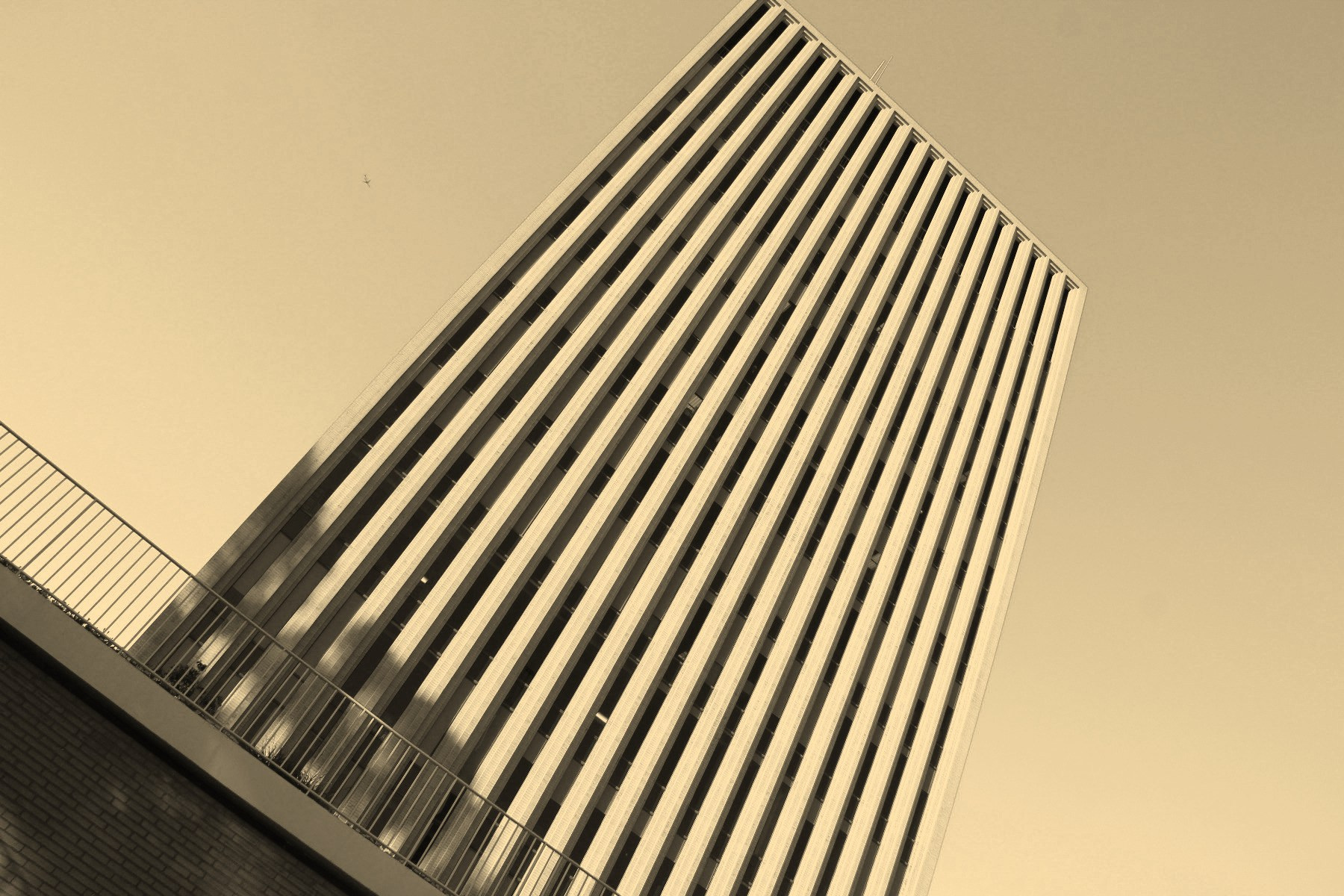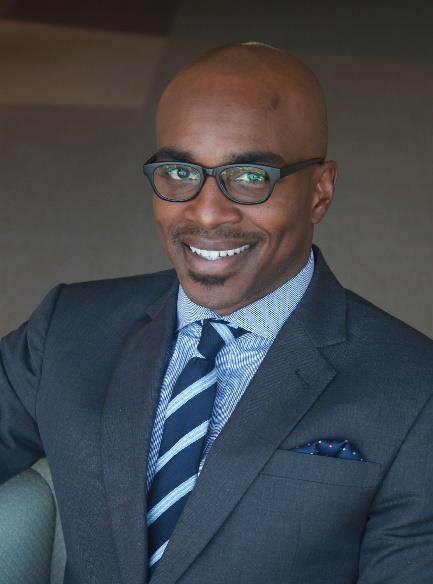
Pullias Center 25th Anniversary Reflections: James T. Minor
James T. Minor, current Senior Strategist for Academic Success and Inclusive Excellence at the California State University, Chancellor’s Office, and a former research associate at the Pullias Center of Higher Education reflects on the Pullias Center’s 25th Anniversary in this sixth of a series of essays marking the occasion.
Nearly twenty years ago I interviewed for a postdoctoral position in what was then the Center for Higher Education Policy Analysis led by Bill Tierney. I was confident and nervous at the same time, a perfect combination for a meeting with Bill. I arrived at USC (from the University of Wisconsin-Madison) in my best suit, but no sunglasses. I remember how different the climate felt and squinting most of the day so unaccustomed to California sunshine. The walk from the parking lot to Waite Phillips Hall was the last opportunity to rehearse what I would say during the interview, but I was distracted by skateboarders, the long line at the coffee shop, and the busyness of the campus. Once in the building, I announced myself and waited for Bill to see me while scanning the materials on the table next to the chair. Bill springs from his office, gives me a once over, and says causally “boy…, you’re over-dressed.” That began my post at what is now known as the Pullias Center for Higher Education.
 Bill and I would spend the next three years studying academic governance. One thing was clear—the practice of shared governance was a sore spot for many post-secondary institutions. At that time, there were serious questions about whether the traditions of shared governance were appropriate for contemporary institutions dealing with a host of financial, legal, political, and academic issues that seemed to be more complex and high stakes. What should be the role of faculty in university decision-making today? What is the appropriate balance of influence among institutional stakeholders and how might it vary by subject matter? With the support of a grant, we traveled the country interviewing faculty, administrators, and trustees about how to improve shared governance. We learned a lot about the structural constraints of formal governance bodies that complicated university decisions, the importance of trust, and the emerging use of alternative decision-making forums outside of formal governing bodies. I remember vividly one faculty member saying: “the faculty senate doesn’t meet over the summer so the administration will have to wait until we return in the fall to talk to us about the budget.”
Bill and I would spend the next three years studying academic governance. One thing was clear—the practice of shared governance was a sore spot for many post-secondary institutions. At that time, there were serious questions about whether the traditions of shared governance were appropriate for contemporary institutions dealing with a host of financial, legal, political, and academic issues that seemed to be more complex and high stakes. What should be the role of faculty in university decision-making today? What is the appropriate balance of influence among institutional stakeholders and how might it vary by subject matter? With the support of a grant, we traveled the country interviewing faculty, administrators, and trustees about how to improve shared governance. We learned a lot about the structural constraints of formal governance bodies that complicated university decisions, the importance of trust, and the emerging use of alternative decision-making forums outside of formal governing bodies. I remember vividly one faculty member saying: “the faculty senate doesn’t meet over the summer so the administration will have to wait until we return in the fall to talk to us about the budget.”
In addition to the research, I taught a number of graduate courses, but something else was happening. The Center was beginning to move beyond the gates of USC into the surrounding communities and school systems. At that time, the establishment of academic “centers” was an instrument faculty used to insulate themselves in the interest of advancing scholarship. Establishing a center was a measure of scholarly ascendency and academic privilege. If a center’s scholarly work was concerned about the issues of the day, it typically meant opining from a distance. Bill was doing something different. The following year, he brought students from under-resourced high schools in Los Angeles onto USC’s campus during the summer. He was asking critical questions about the broken educational systems that did not serve them well. He was personally mentoring high school students who ended up at Stanford and other post-secondary institutions.
This does not mean that the Center abandoned traditional scholarly work. It was doing both and simultaneously creating powerful intersections. The scholarship now had utility, meaning, and potentially changed the trajectory of students we had the pleasure of knowing. I understood the Center as a place that had the power to create change within institutions, gain the attention of education leaders, and directly engage the students we were trying to help. At that time, this was very atypical for academic centers at prestigious universities.
That experience moved me to assess the utility of research and scholarship differently. Who will read it? How can practitioners use it in their daily work? How close are the issues being studied to the most critical challenges of the day? Is the work accessible to those best positioned to improve education systems? These questions now constitute the measuring stick by which I assess the value of academic centers—not grant dollars or federal contracts.
No one should expect a replica of what Bill did in those early years. However, there are challenges today, that if solved, will require the Pullias Center (and others like it) to maximize its platform to a) convene thinkers and doers; b) make research and scholarship more accessible; and c) tackle relevant questions that demand answers rather than pursue an idiosyncratic scholarly interest, even if academic freedom affords such a luxury.
Today, the creation of knowledge and its dissemination happens at a different pace and via a variety of platforms. Academic journals are now more like places where knowledge is stored rather than circulated. Yes, there is still a place for quiet contemplation. However, the world we live in today demands more immediate insight, research, and responses to critical problems. Academic centers must move closer to communities to be effective. Centers must be positioned as a resource rather than an ivory tower. The Pullias Center, located in one of the most dynamic metropolitans in the world, remains at an incredibly exciting intersection during what feels like a particularly pivotal moment in American society.